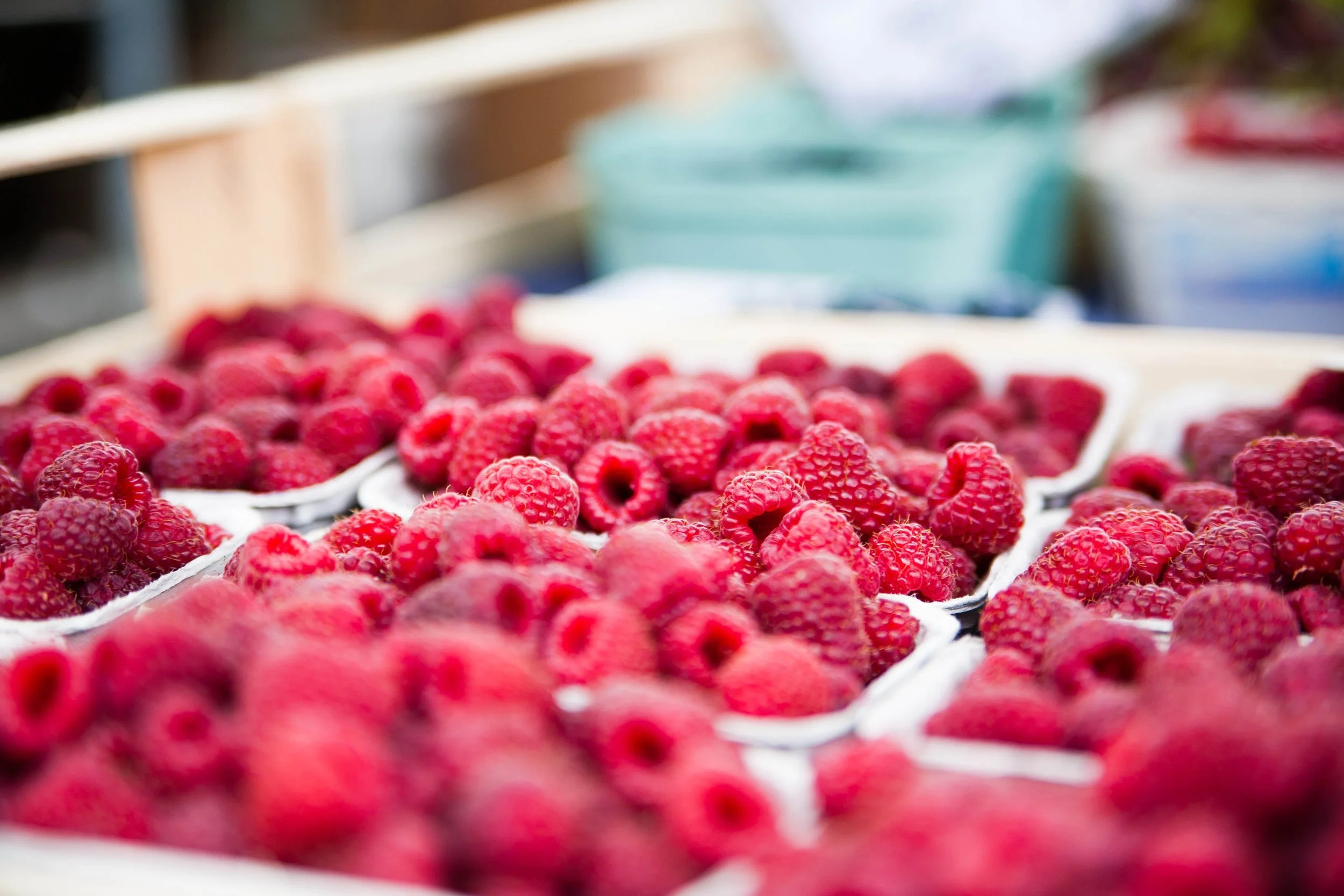The holidays are all about friends, family, and relaxation. They’re also about great food—and lots of it! While we always look forward to enjoying holiday leftovers, we sometimes wish for a little novelty to make those favorite dishes seem new and exciting, even several days later.
One of the easiest ways to spruce up your holiday leftovers is by adding berries. Not only do they add a touch of sweetness to savory recipes and a nutritious boost to desserts, but they’re also versatile, complementing a wide range of flavors and cuisine styles.
Here are just a few ways to use some of those local farmers’ market berries you froze last summer or fall.
Salads. Thaw blueberries, strawberries, raspberries, or blackberries. Strain off the liquid and mix the berries into virtually any salad, from a classic Caesar to a peppery arugula, red onion, and Gorgonzola combination.
Ham. Switch out the traditional cherries and pineapple and spoon a simple mixed-berry compote over your sandwich or slice of ham. If you prefer spicier flavors, chop up a jalapeno and add it to the compote while it’s cooking.
Roast beef or duck. Make a grown-up sauce by combining strawberries with red wine and a little sugar or honey; allow them to reduce on the stovetop. The wine will deepen the flavor of the berries, which will add brightness to the meat.
Rice. Stir dried or thawed raspberries or blackberries into long-grain rice dishes and pilaf for a sweet-tart kick.
Mashed sweet potatoes. Who knew blueberries paired so well with sweet potatoes? Roasted or raw, blueberries can be gently folded into your leftover sweet potatoes. Add a handful of chopped pecans for some crunch.
Cranberry sauce. Shake up your traditional cranberry sauce by adding 1/2 to 1 cup of raspberries. Heat until warm and bubbly, then serve.
Christmas, bread, or raisin pudding. This is another simple addition: just choose your favorite berries to complement the type of pudding, thaw them out, strain them, and sprinkle over the top of the pudding.
Gingerbread. Blueberries and gingerbread? Sounds unusual, but the taste is vibrant and sophisticated. Make an unsweetened or low-sugar compote—the berries and cake are sweet enough on their own!—then spoon it over the cake, and top with fresh whipped cream.












